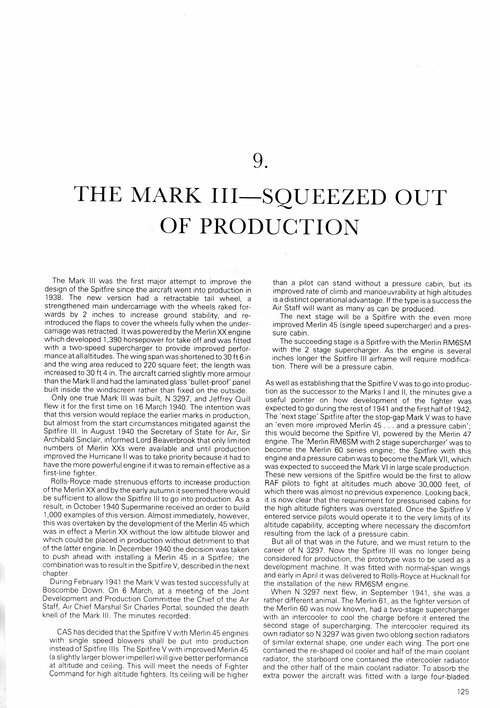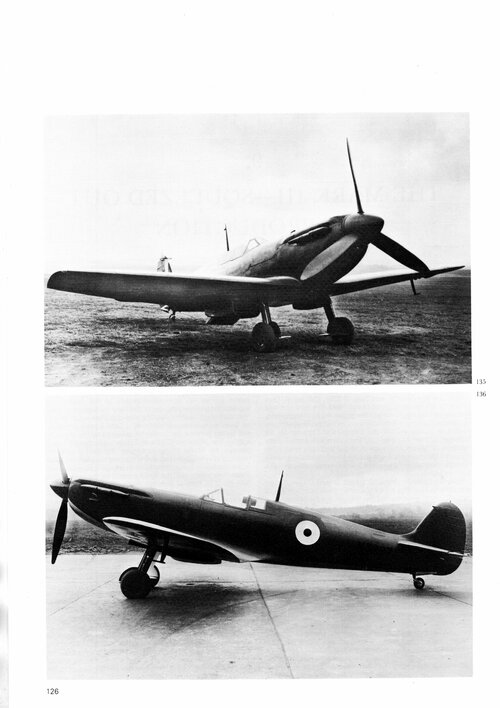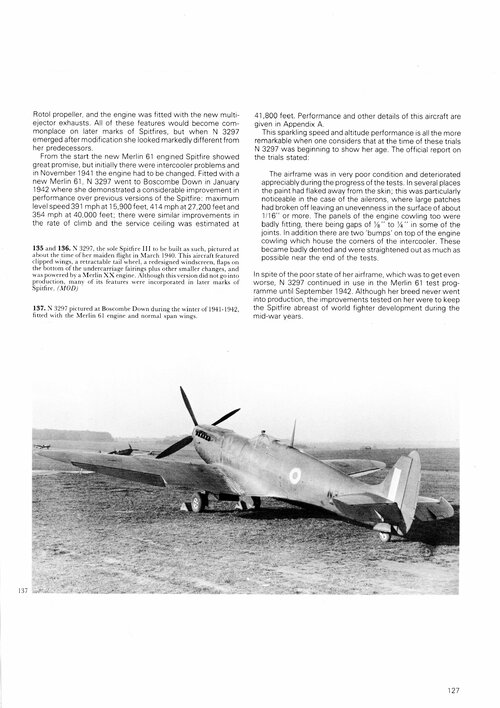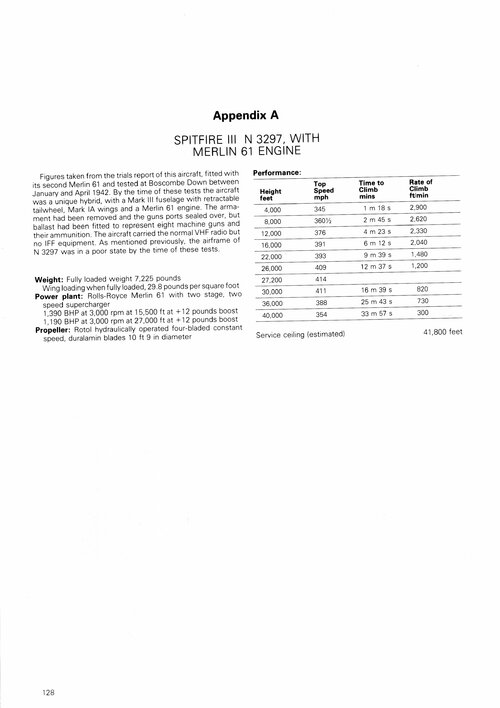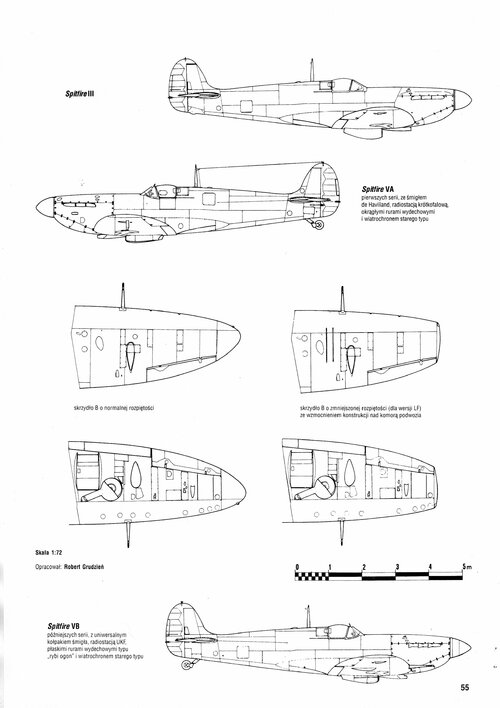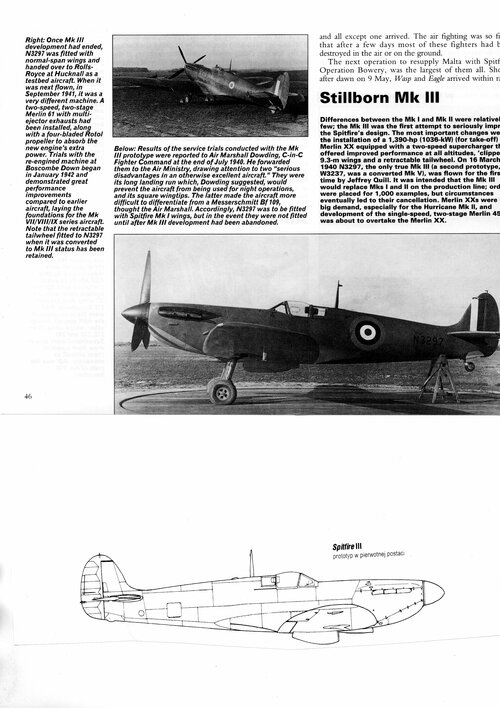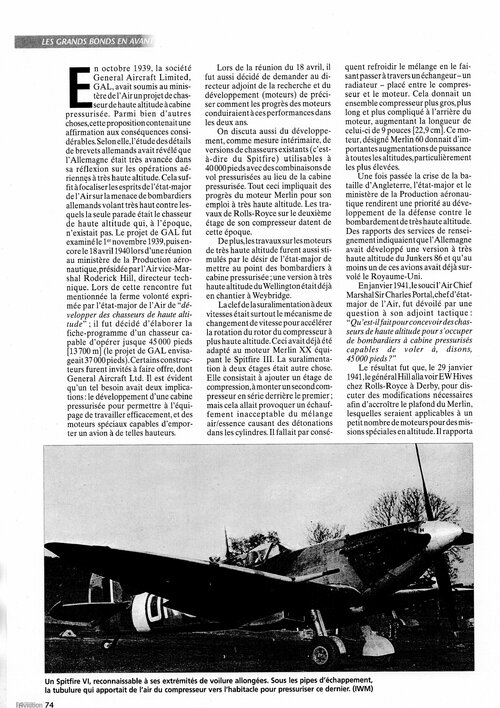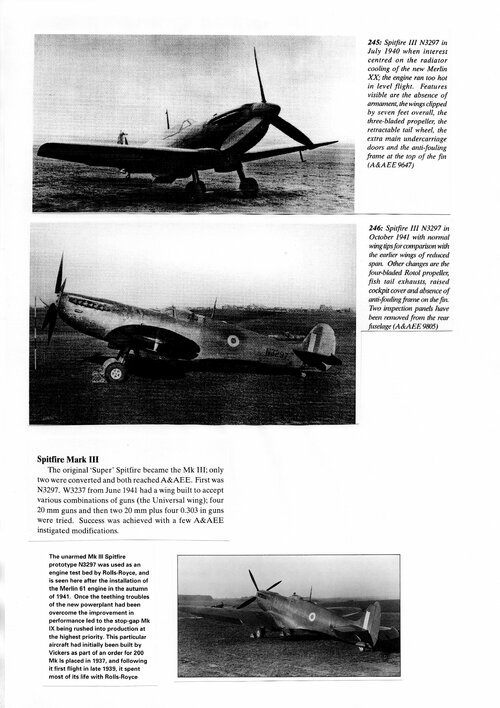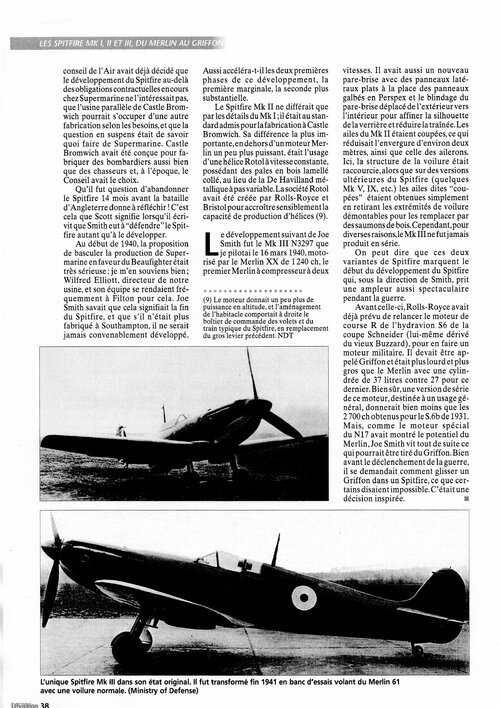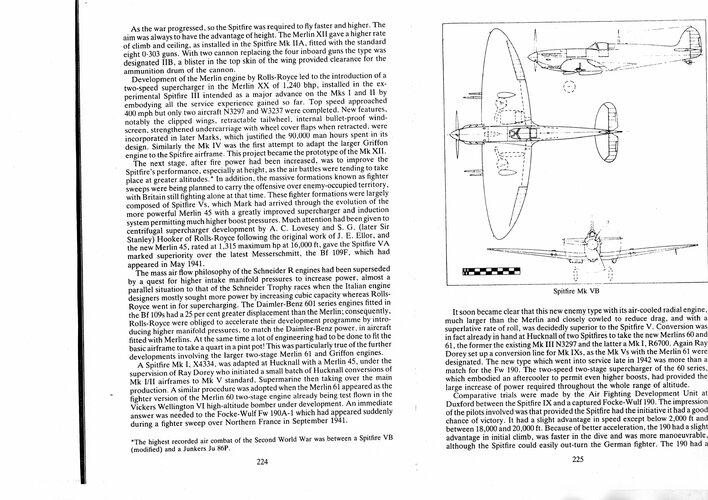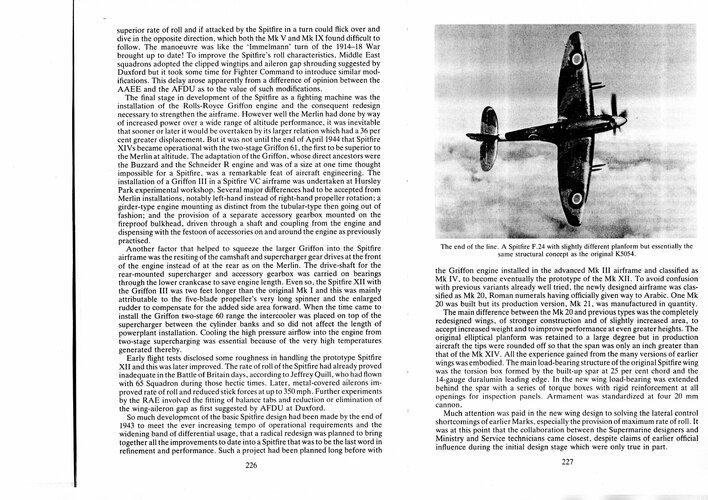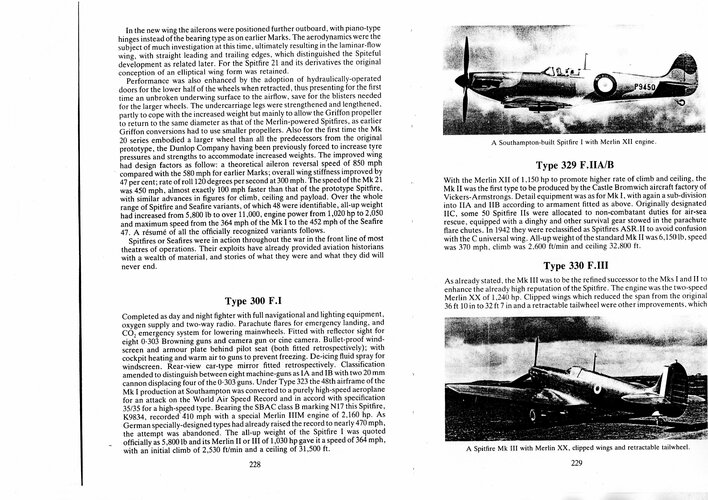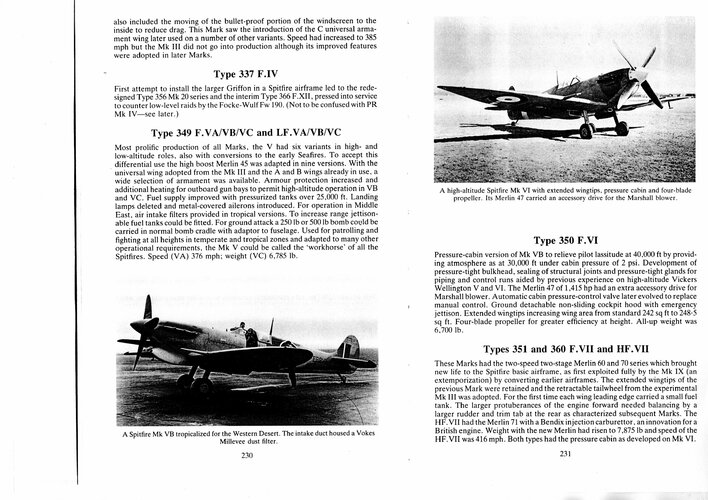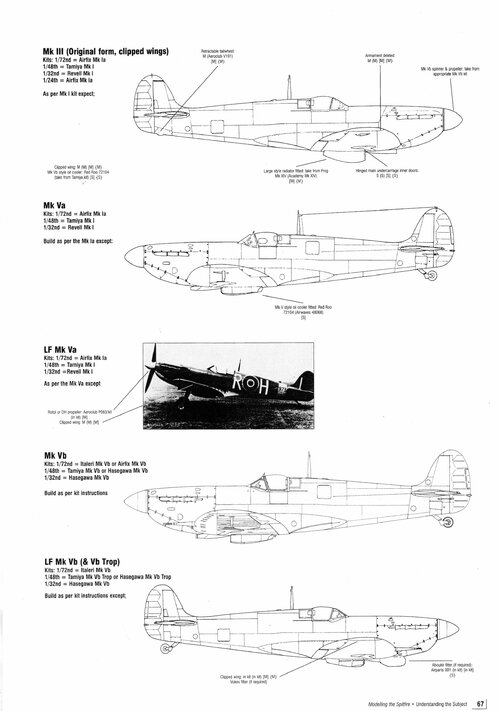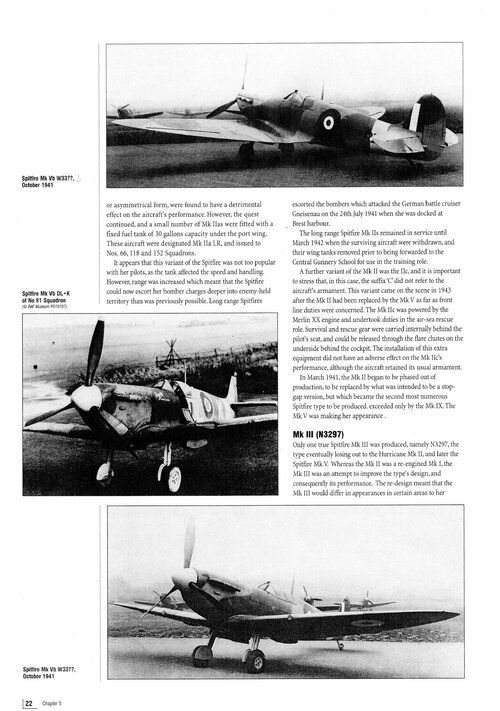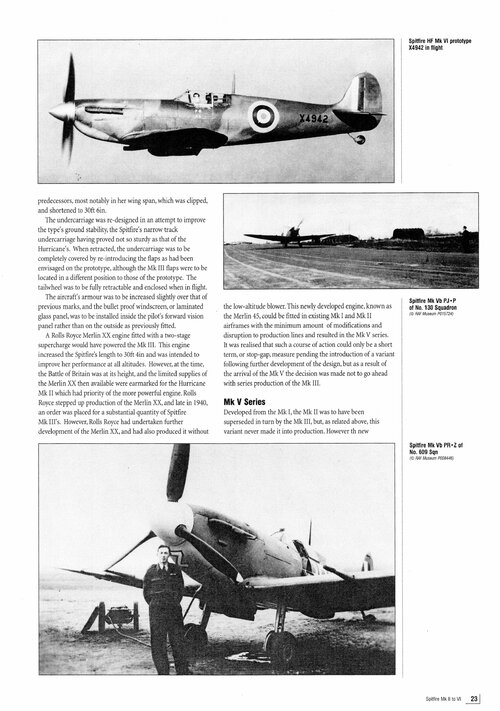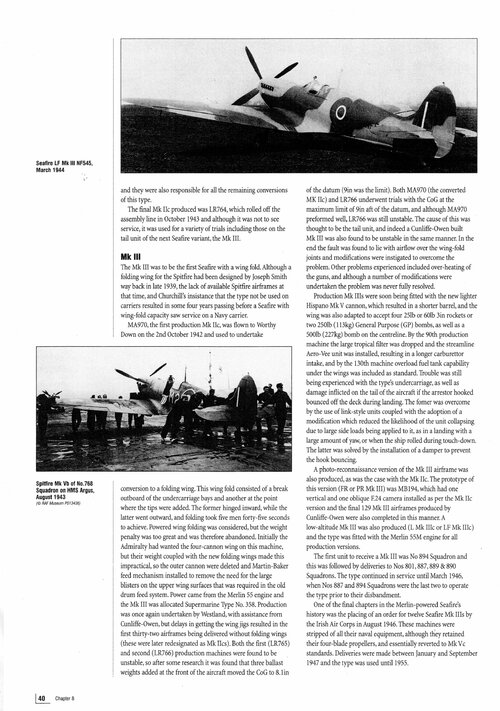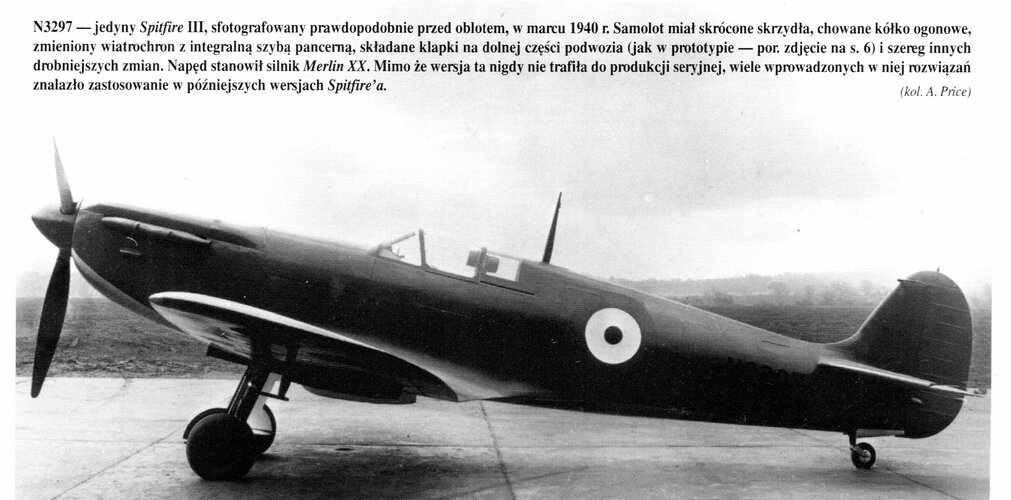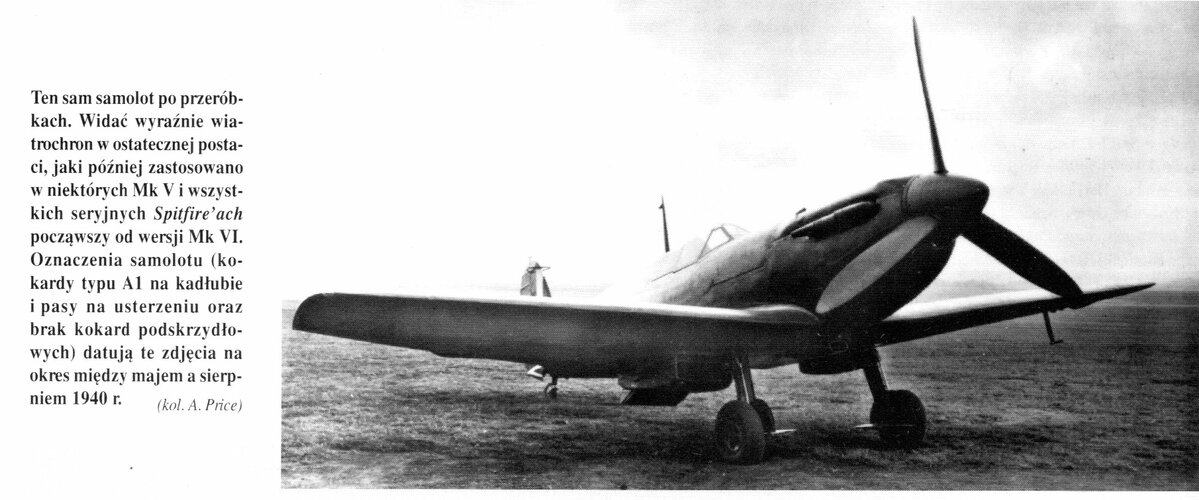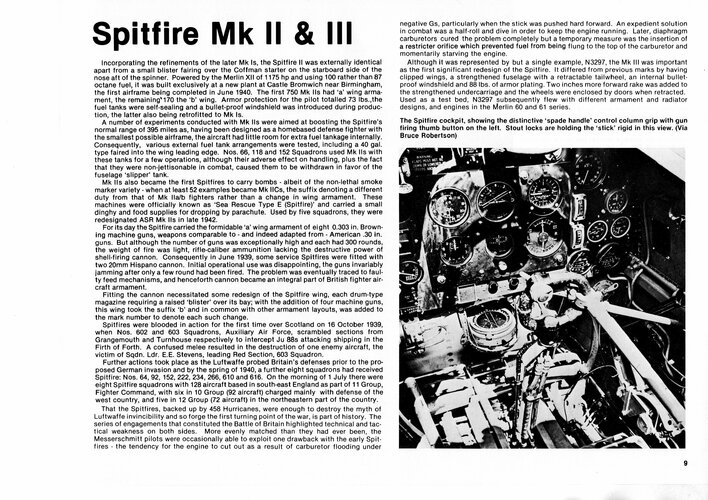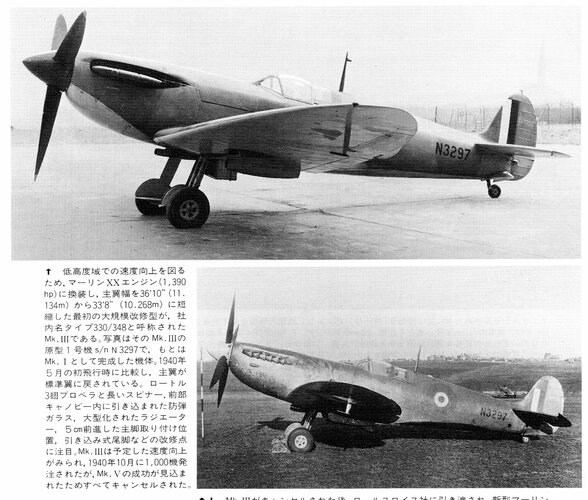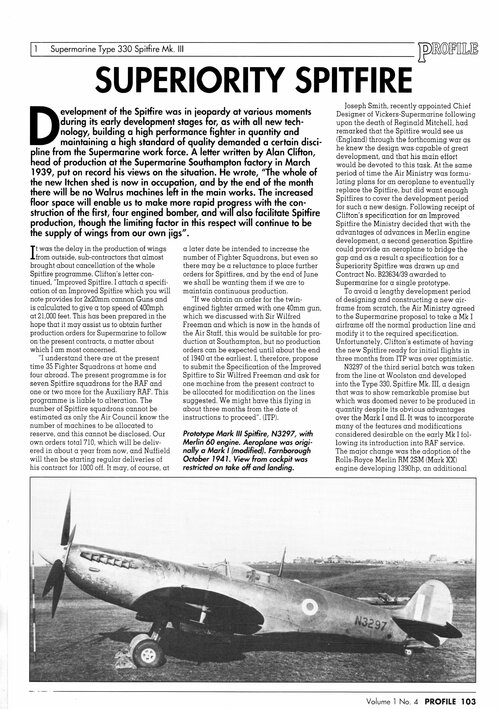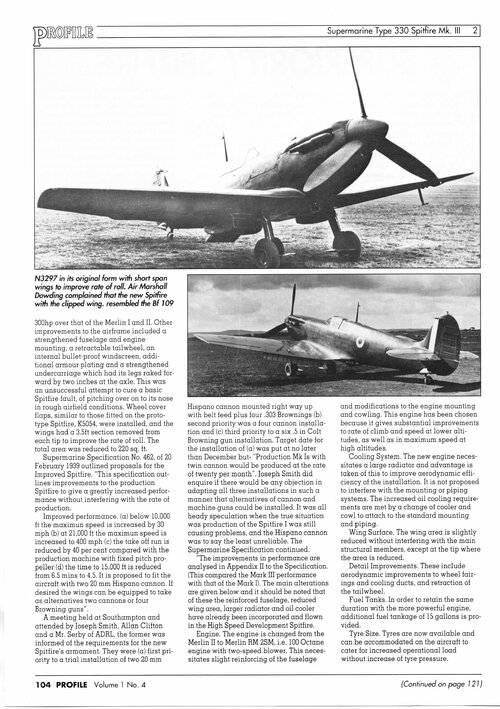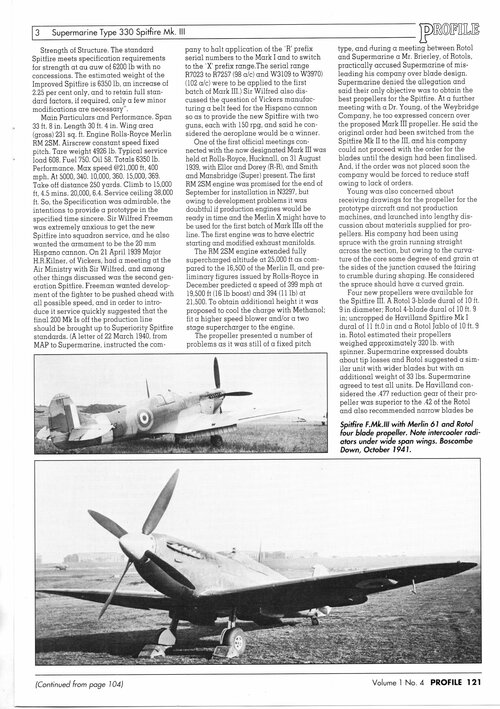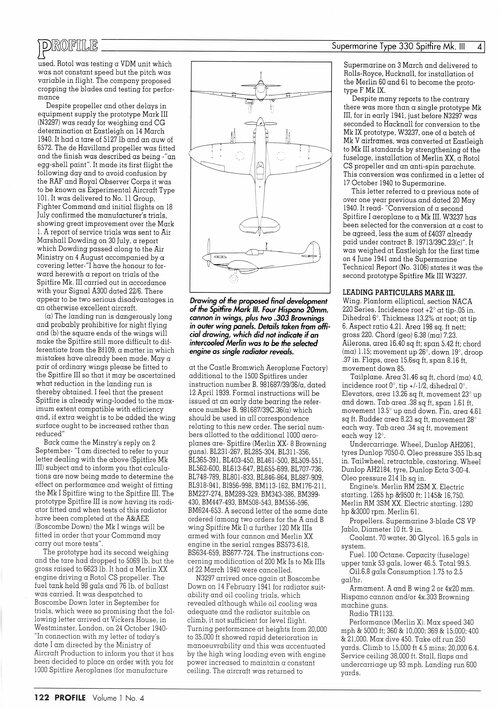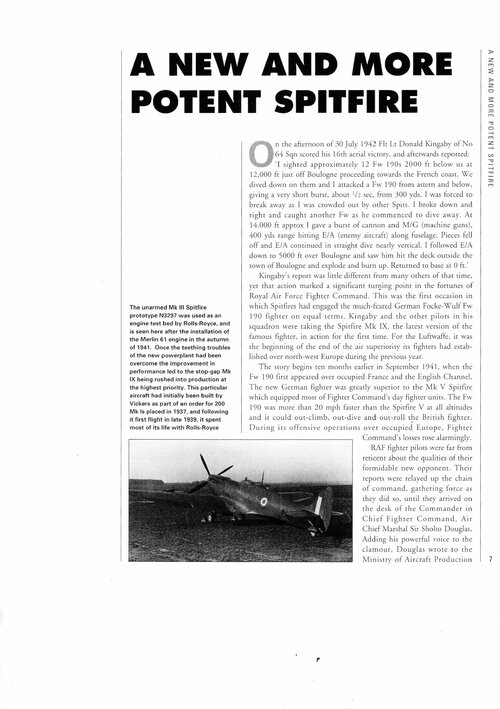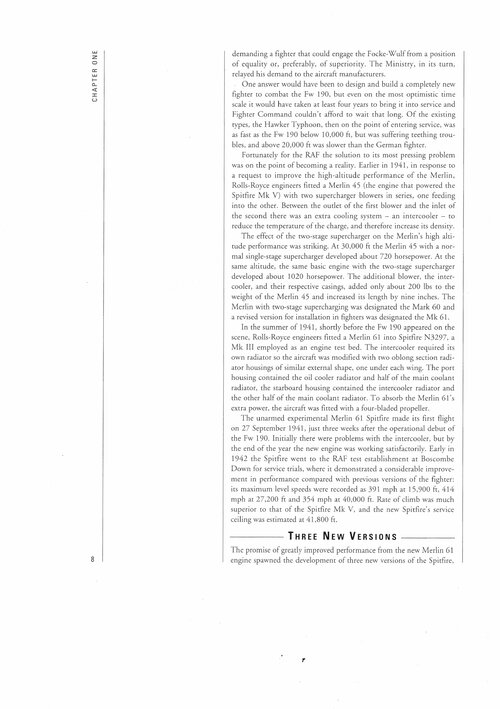pathology_doc
ACCESS: Top Secret
- Joined
- 6 June 2008
- Messages
- 1,561
- Reaction score
- 1,415
As any deeply invested Spitfire fan knows, the intended major developments never eventuated and the history of the Spitfire was one of interim variants that did very well. The dead ends are as follows:
SPITFIRE III: Merlin 20 development with four cannon and major airframe revisions; abandoned.
SPITFIRE IV: First, single-stage Griffon variant, not proceeded with (first production Griffon Spits developed from Vc airframe). One-off re-designated Mark XX to free up Mark IV for PR variants.
SPITFIRE VIII: Non-pressurized, improved airframe arising from Mk VII; developed and served, but overshadowed in history and numbers by interim Mk IX.
SPITFIRE XXI/F.21: Redesigned wing for improved roll rate and aileron reversal speed for Griffon engine. Developed and served, but only very late and grossly overshadowed by interim Mk XIV.
Let's look at a timeline in which the Spitfire III progresses quickly to production and service. As I see it, the Griffon Spitfire has the potential to overshadow the III very quickly in performance terms, but will probably not be production-ready until the two-stage Merlin is ready to go. With the Griffon managing the low-altitude task well, the Merlin variants will be given engines scheduled more toward the high altitude bands and they will take care of this until a two-stage Griffon variant is ready to go. Thus:
My revised timeline:
Mk I, II - as OTL
Mk III - Production aircraft, possibly with LF variant with cropped two-speed Merlins giving best speeds around 5,000 and 15,000 ft.
Mk IV - Production single stage Griffon variant, essentially doing the job the XII does in the OTL but appearing somewhat sooner and appearing as a revised airframe rather than a bolt-on of the Vc.
Mk V - With the III in production and the OTL Mk V no longer necessary, this becomes the "dumping ground" mark for the PR variants.
Mk VI - Hypothesized Mk III, Merlin 20-something development with pressure cabin and supercharger speeds scheduled high (replaces VI in OTL).
Mk VII - Definitive HF Merlin variant with 60-series engine. The final variant might be the VII E or even an FR.VIIE with the .50 cal/20mm armament and a bubble canopy.
Mk VIII - Pressurized fighter variant of VII (replaces OTL Mk VII).
Mk IX - Pressurized PR variant of VIII (essentially doing what the PR.XI does in OTL).
Mk X - First two-stage Griffon variant, based on Mk VII (basically replacing the XIV in the OTL). See comment for Mk VII.
Mk XI - PR variant of X, most likely pressurized and in all likelihood identical to the OTL PR.XIX.
Here in my opinion the Revised Timeline development of the Spitfire stops. The original timeline's F.21, with the new wing and too many other changes, gets called the Supermarine Victor F.1 as IMHO it always should have done, and Supermarine gets to finish the war with a new fighter just making it into service before the conflict ends.
I have not attempted to deal with Seafire evolution, but I think it would follow similar lines to those seen IRL, since the Service favoured low-blown Merlins for maximum power near sea level. With Griffon Spitfires being introduced sooner than in the OTL, a switch to what eventually got called the Seafire XV would probably also come into service sooner. I find it interesting that the two-stage, two-speed Merlin variants never saw carrier service.
SPITFIRE III: Merlin 20 development with four cannon and major airframe revisions; abandoned.
SPITFIRE IV: First, single-stage Griffon variant, not proceeded with (first production Griffon Spits developed from Vc airframe). One-off re-designated Mark XX to free up Mark IV for PR variants.
SPITFIRE VIII: Non-pressurized, improved airframe arising from Mk VII; developed and served, but overshadowed in history and numbers by interim Mk IX.
SPITFIRE XXI/F.21: Redesigned wing for improved roll rate and aileron reversal speed for Griffon engine. Developed and served, but only very late and grossly overshadowed by interim Mk XIV.
Let's look at a timeline in which the Spitfire III progresses quickly to production and service. As I see it, the Griffon Spitfire has the potential to overshadow the III very quickly in performance terms, but will probably not be production-ready until the two-stage Merlin is ready to go. With the Griffon managing the low-altitude task well, the Merlin variants will be given engines scheduled more toward the high altitude bands and they will take care of this until a two-stage Griffon variant is ready to go. Thus:
My revised timeline:
Mk I, II - as OTL
Mk III - Production aircraft, possibly with LF variant with cropped two-speed Merlins giving best speeds around 5,000 and 15,000 ft.
Mk IV - Production single stage Griffon variant, essentially doing the job the XII does in the OTL but appearing somewhat sooner and appearing as a revised airframe rather than a bolt-on of the Vc.
Mk V - With the III in production and the OTL Mk V no longer necessary, this becomes the "dumping ground" mark for the PR variants.
Mk VI - Hypothesized Mk III, Merlin 20-something development with pressure cabin and supercharger speeds scheduled high (replaces VI in OTL).
Mk VII - Definitive HF Merlin variant with 60-series engine. The final variant might be the VII E or even an FR.VIIE with the .50 cal/20mm armament and a bubble canopy.
Mk VIII - Pressurized fighter variant of VII (replaces OTL Mk VII).
Mk IX - Pressurized PR variant of VIII (essentially doing what the PR.XI does in OTL).
Mk X - First two-stage Griffon variant, based on Mk VII (basically replacing the XIV in the OTL). See comment for Mk VII.
Mk XI - PR variant of X, most likely pressurized and in all likelihood identical to the OTL PR.XIX.
Here in my opinion the Revised Timeline development of the Spitfire stops. The original timeline's F.21, with the new wing and too many other changes, gets called the Supermarine Victor F.1 as IMHO it always should have done, and Supermarine gets to finish the war with a new fighter just making it into service before the conflict ends.
I have not attempted to deal with Seafire evolution, but I think it would follow similar lines to those seen IRL, since the Service favoured low-blown Merlins for maximum power near sea level. With Griffon Spitfires being introduced sooner than in the OTL, a switch to what eventually got called the Seafire XV would probably also come into service sooner. I find it interesting that the two-stage, two-speed Merlin variants never saw carrier service.


